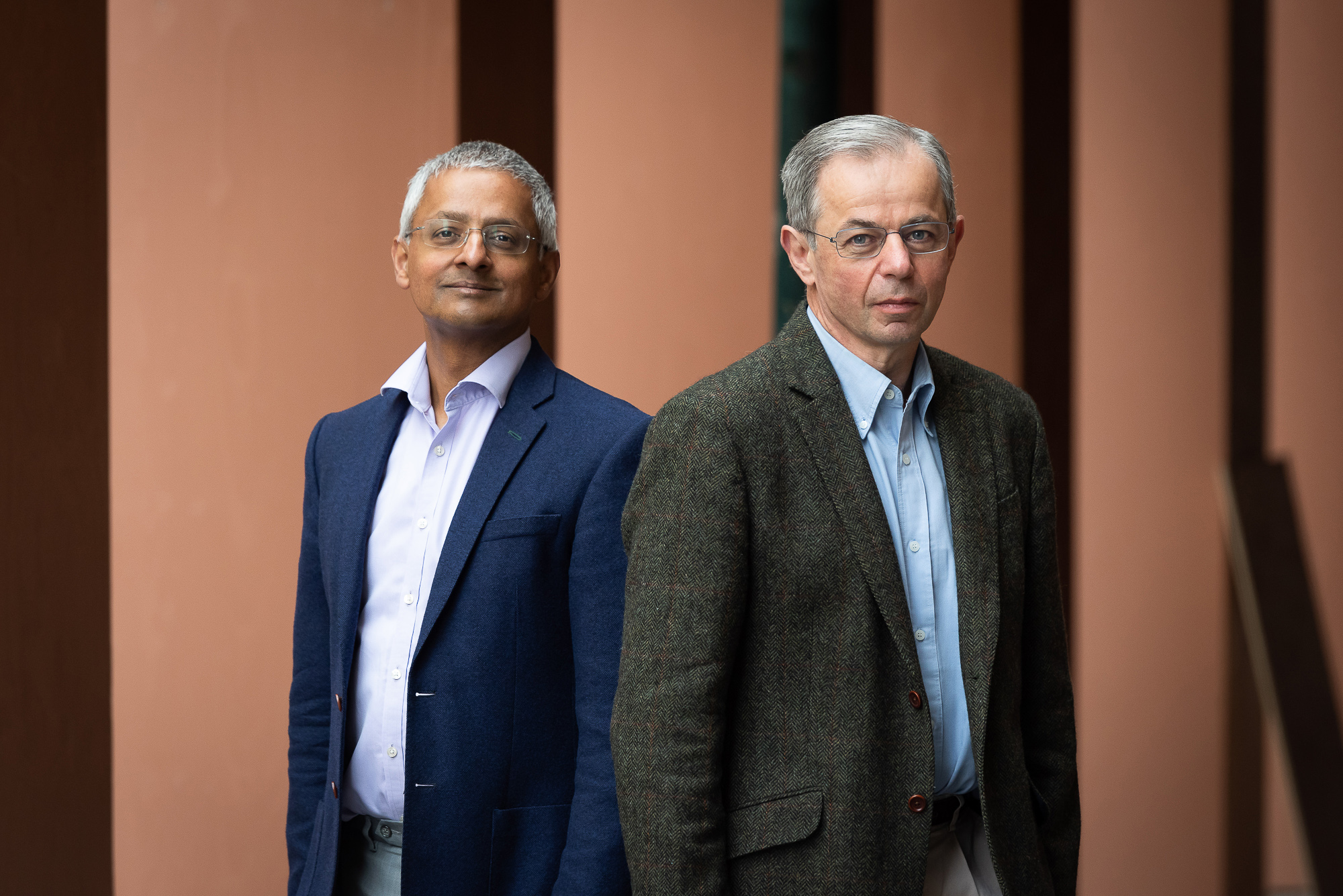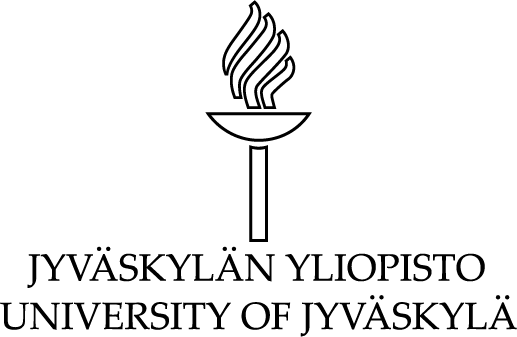Blog: Into the Unknown – Why Blue-Sky Research is Vital for Scientific Breakthroughs

Millennium Technology Prize winners Professor Shankar Balasubramanian and Professor David Klenerman discuss the enormous value of researching without an agenda – and the need to fund it properly
The response by science to the COVID-19 pandemic has been nothing short of heroic, with the creation of life-saving vaccines, which work even against new variants like Omicron, delivered in record time.
But an overlooked aspect of the vaccines’ development was that they were only made possible because of the groundwork laid by the funding of basic research. In other words, research that is financed by a desire to further scientific understanding, rather than directed programmes, where specific real-world applications or a strategic priority are the goal.
As Jean-Pierre Bourguignon, the former European Research Council (ERC) president, recently pointed out, it was the ERC’s funding of the basic science in the field of messenger RNA (mRNA) that led to the Pfizer/BioNTech Covid vaccine. Indeed, the ERC’s financial support pre-dated the pandemic.
When BioNTech and other scientists applied for ERC grants, they were not envisaging that mRNA would be applied to infectious diseases. BioNTech signed four large deals with pharmaceutical partners to use its mRNA technology in cancer vaccines. It wasn’t until August 2018 when it signed an agreement with Pfizer to use its synthetic mRNA in the development of a flu vaccine. That project was switched to working on a COVID-19 vaccine when the pandemic hit.
In fact, many of the greatest scientific breakthroughs were made not because of directed programmes but through basic – or blue-sky – research, where there was no specific intention to make a certain discovery but simply an inquisitiveness to explore.
Scientific history is littered with other examples of how basic research has paved the way for inventions that benefit humankind. In 1989, computer scientist Tim Berners-Lee was exploring ways to share information between researchers. His work ultimately led to the invention of the World Wide Web. In the 1930s, work on the basic properties of nuclei within a magnetic field led physicist Isidor Isaac Rabi to lay the groundwork for Magnetic Resonance Imaging, or MRI, which has revolutionized medicine. And the GPS in our smartphones would not have been possible without the theories of special and general relativity, as discovered by Einstein.
Award-winning exploration
We’re proof of the benefits of such funding, too. We were awarded the Millennium Technology Prize for our breakthrough in DNA sequencing technology that means genetic letters can now be read in super-fast times. But we didn’t specifically intend this: we were just following our curiosity about the molecular machines that nature uses to copy our DNA. Indeed, as young researchers at Cambridge University, it was only through funding for blue-sky research from the UKs Biotechnology and Biological Sciences Research Council that we were able to take those first steps.
We also benefited from the UK’s university system that promotes collaboration between different research disciplines. We came from two distinct backgrounds – physical chemistry and organic chemistry – and blue-sky funding, together with the support from Cambridge University that helped us attract venture-capital investors, enabled us to combine each other’s expertise to achieve a discovery that we wouldn’t have reached individually. That is another positive of this model: ensuring there are high levels of public funding for science attracts, in turn, more private investment.
Unfortunately, though such funding has been rising in Asia and looks set to increase in the US, it is at risk across Europe. The budget for curiosity-driven research in Horizon Europe – the EU’s key funding programme for research and innovation – has fallen by 7% compared to its predecessor programme, Horizon 2020.
All applied research relies on the more fundamental work that preceded it. Choose any medicine, piece of technology or other innovation, and investigate all the knowledge that was necessary for its creation. You’ll discover a manifold of insights borne of curiosity.
Our experience proves inter-disciplinary collaboration and access to both public and private funding are conducive to great award-winning innovations. Basic research should be funded without expectations of quick results, as history shows that incredible breakthroughs happen when the right elements are brought together. The experience of the development of COVID-19 vaccines only reinforces that further.
Written by Professor Shankar Balasubramanian and Professor David Klenerman
Professor Shankar Balasubramanian and Professor David Klenerman were the joint winners of the 2020 Millennium Technology Prize, one of the world’s most prestigious science and technology honours, awarded by Technology Academy Finland.
See related articles Next Generation DNA Sequencing – Millennium Technology Prize (millenniumprize.org)
Read more about Millenium Technology Prize winners
The 2022 Millennium Technology Prize will be announced and awarded in Finland on 25 October 2022. The 2022 Millennium Innovation Forum is on 25–26 October 2022.
Follow us on Facebook, LinkedIn, Twitter and Instagram for more information, updates and great content. Or sign up to our newsletter.























